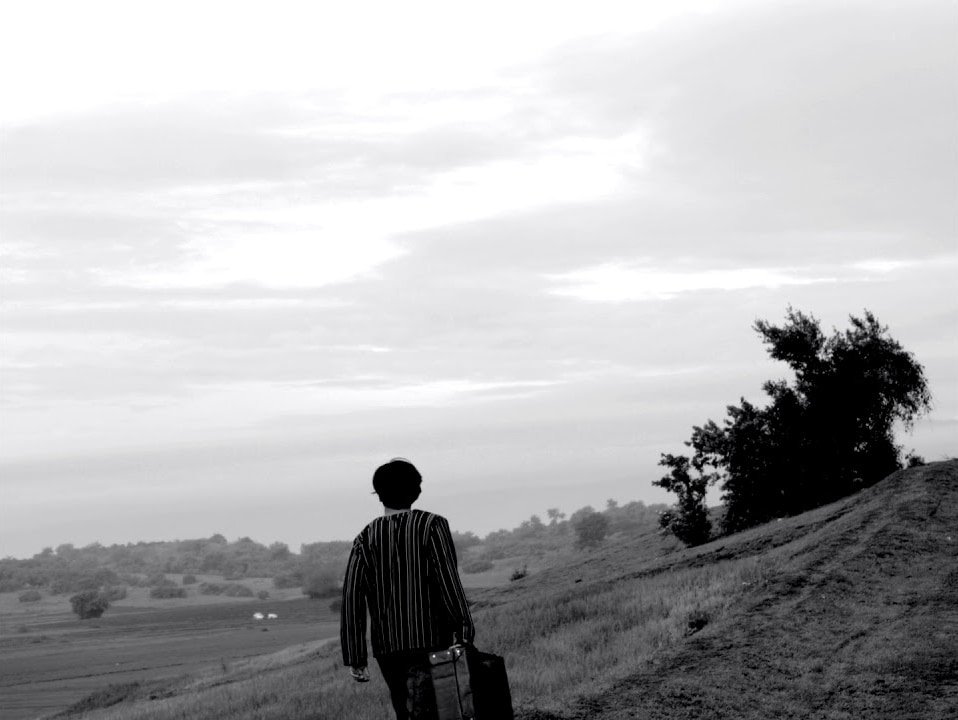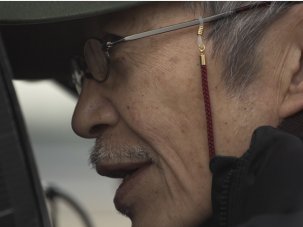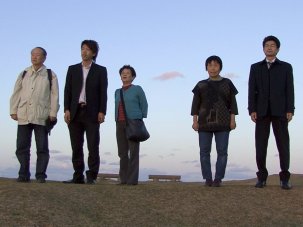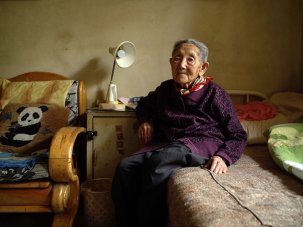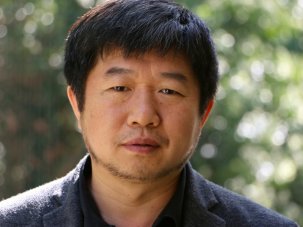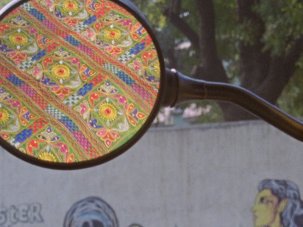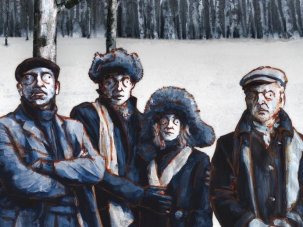Typhoon Hagibis pummels Japan. Sheets of rain skid across the pavement. All trains and buses are cancelled. The streets are empty, but cinemas across town are full. This is Yamagata, in the mountainous northeast of Japan. The 16th edition of the biannual Yamagata International Documentary Film Festival (YIDFF) has just begun.
The 16th Yamagata International Documentary Film Festival ran 10-17 October 2019.
Since its inauguration in 1989, YIDFF has programmed politically engaged nonfiction film across several competition strands, special programmes and retrospectives. The festival began as a centennial celebration of Yamagata city. Documentary filmmaker Ogawa Shinsuke was central to its establishment. Twelve years earlier, he and his filmmaking collective Ogawa Pro had relocated from Tokyo to the mountains above Yamagata to embark on an ambitious project learning how to grow rice and film the process. The collective distributed the resulting series of idiosyncratic documentaries throughout Japan, among leftist students, farmers, filmmakers and activists.
Ogawa’s belief in alternatives to commercial studio and cinema networks led him to envision a festival oriented around filmmakers (as opposed to around the industry). It should be held in Yamagata, not central Tokyo, he said, and foster Asian as well as local and global connections. The festival was the first of its kind in Asia. Filipino director Kidlat Tahimik drafted the Asian Documentary Filmmaker’s Manifesto at its inaugural edition, committing to maintain a network for sharing ideas and challenges. To this day, Yamagata’s New Asian Currents is its most vibrant strand, gathering emerging filmmakers whose work often continues to festivals including IDFA and True/False.
YIDFF became an independent non-profit in the late 2000s and receives local government support for its community and educational programs. Its Perspectives Japan strand focuses on films that address social and political concerns. This year’s films were about rising sea levels in the Tokyo bay, death from overworking, the censored history of child soldiers in Okinawa and regeneration in Tohoku, the area worst affected by the 11 March 2011 (or 3.11) earthquake, tsunami and nuclear catastrophe. YIDFF’s Cinema with Us strand also screens films produced in the aftermath of 3.11. The festival earned Yamagata the UNESCO title Creative City of Film in 2017.
YIDFF feels unrushed and unpretentious. There are no red carpets, tiered priority passes or exclusive parties. After screenings people gather for drinks in a traditional storehouse with timber ceilings and flagstone floors. Cinemas are no more than ten minutes away from each other. Between screenings, people eat soba or visit temples and hot springs. Compared to other similarly sized festivals, YIDFF’s lack of corporate sponsors helps maintain its open, politicised programming and discussions. Q&As are engaging, and local people ask questions; there is less division between experts and outsiders, more a sense of enthusiastic inclusion.
Migrants and borderlands
Despite a desirably diverse selection of films in New Asian Currents and the International Competition this year, one theme was inescapable. Political borders, migration and exile featured extensively. For a festival based in rural Japan, itself an island nation with strict immigration laws, this is interesting. It speaks of a concern for global contestations of place and domestic issues of interiority.
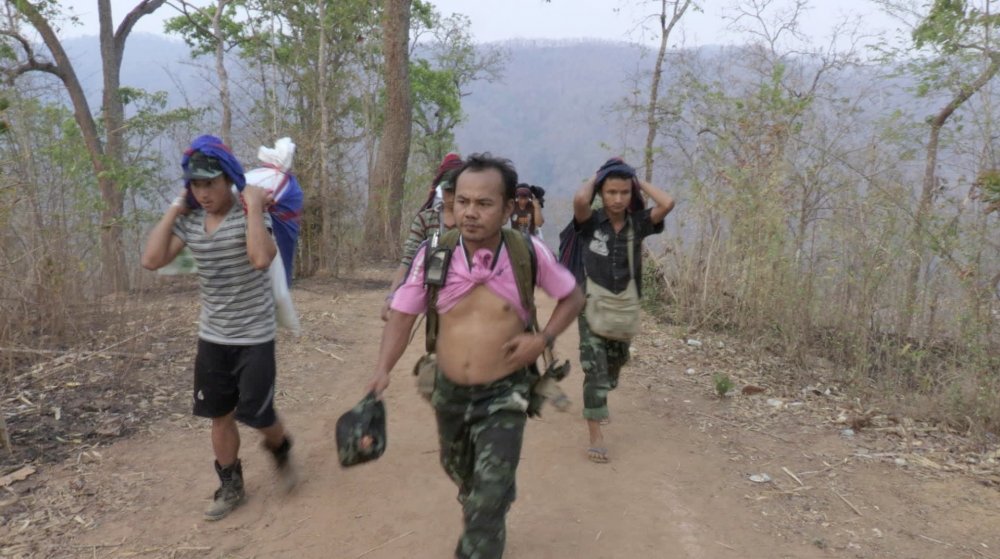
Backpacker medics on the Burma-Thai border in Beyond the Salween River
One of the most gripping, sometimes queasy, of these borderland films is Gigi Berardi’s Beyond the Salween River, about backpacker medics working on the Burma-Thailand border. Having volunteered with the medics some years earlier, the Italian director returned to film them for several months in 2012. By that time, though conflict had subsided, injuries incurred by landmines had not. A young amputee whom Berardi films is just one reminder of what has passed.
Considering that he does not speak the language, Berardi achieves a remarkable sense of intimacy with subjects. During the Q&A he attributed this to immersion and familiarity: “I only switched on the camera when I saw they got bored of me.”
The narrative arc of the film follows the medics’ hike over several hundred kilometres. We encounter patients along the way in a series of vignettes. The most shocking of these occurs when the medics shoot a pig to practice resuscitation. The unfortunate patient dies and one medic retreats in tears. The film avoids shock, sentimentality, didacticism. Although formally conventional, Berardi’s approach feels assured and sincere.
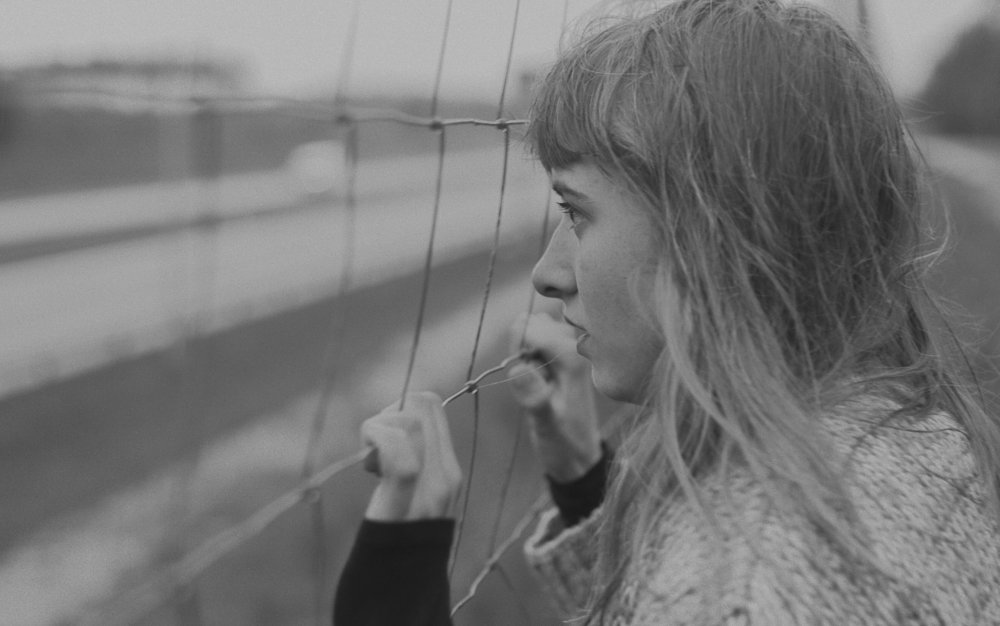
In Thy Kingdom by the Sea (2019)
More experimental, if somewhat schematic because of its compressed edit, is Yutaro Keino’s In Thy Kingdom by the Sea. This short black-and-white film advances in rapid, elliptical cuts and sound-bridges to form an ensemble portrait of people in Poland who work at sea – mainly on trawler and naval vessels. What emerges from interviews with sailors and their partners is a discussion about relationships: relationships with partners who work at sea, with jobs that take them to sea, with the sea itself.
A body of water also marks a national border in Transnistra, Anna Eborn’s documentary shot in Transnistria, a largely unrecognised republic between Moldova and Ukraine. Eborn’s languid, handheld camera observes a group of teenagers playing on the banks of the Dnister River and in a ruined factory. Shot on 16mm, the film is radiant and photogenic. Though likable, neither Transnistra nor its protagonists reveal much of their society.
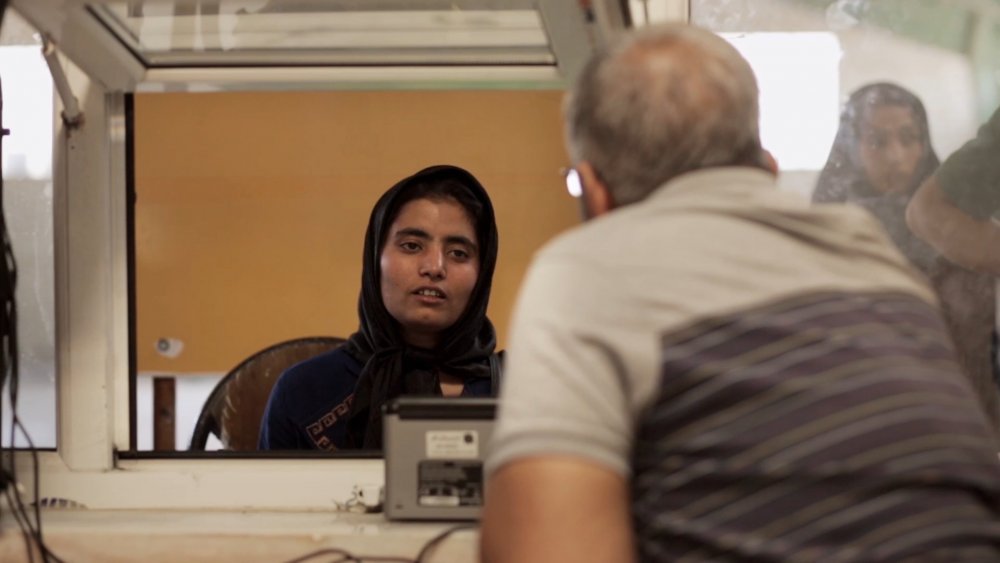
Exodus (2019)
Borders are depicted as thresholds in two films about Afghan migrants. Selected for New Asian Currents, Bahman Kiarostami’s Exodus observes Afghan migrant workers in an Iranian processing centre. Since US sanctions on Iran in 2018 incurred a recession, it is no longer economically viable for Afghan migrants to work there: they want to return home. Exodus transmits a sense of claustrophobia by remaining almost entirely within the processing centre and its interview booths. Framing is tight, sequences extended, our attention focused on each migrant’s frustrations.
Hassan Fazili’s Midnight Traveler is also shot on the move – using mobile phone cameras operated by Fazili, his wife and their children as they flee the Taliban and make their way from Afghanistan to Europe. Years pass as the family journeys westwards; the children grow taller and assume new roles chronicling their exile. A sense of uneasy closeness prevails; the family appears isolated; its cameras are its precious means of expression.
A clip from No Data Plan
This claustrophobia is reminiscent of Mika Revereza’s No Data Plan – selected alongside Midnight Traveler for YIDFF’s International Competition. Though an older title on the festival circuit, it works well recontextualised here. No Data Plan is shot inside trains taken across America while Revereza was living there undocumented. It is a travelogue whose maker-protagonist is trapped between east coast and west, between a desire to travel and a legal system that prevents him.
Oral histories
Oral history was a prominent feature in many of this year’s films. The mode is by no means new to documentary. It was central to Ogawa’s approach, with interviews, collaborative storytelling and reenactments chronicling the lives of elderly farmers in many Ogawa Pro films.
A clip from Dead Souls
Two monumental projects selected for this year’s International Competition stand out as contemporary examples. Wang Bing’s Dead Souls was one, and Zhang Mengqi’s Self-Portrait: Window in 47km another. Both take Maoist China as their subject matter, interviewing elderly survivors of political ‘re-education’ camps, and the 1959-61 Great Famine, who are now struggling with isolation as younger generations have migrated to work in cities.
Wang’s eight-and-a-half-hour Dead Souls, comprised of extended, devastating interviews with survivors of labour camps in northwest China, played throughout the typhoon-hit Saturday, even as other screenings were postponed (it seemed too cruel to cut it short). It won both the Grand and Citizens’ Prizes.
Dancer and filmmaker Zhang’s Self-Portrait series is also a long-term project in oral history. Since 2011 Zhang has been filming in her father’s village, located 47km from her hometown, Suizhou. ‘47km’ village has been renamed and reorganised so often since Mao’s land reforms that no name has stuck. Ironically it will soon be 42km because Suizhou keeps expanding.
An extract from Self-Portrait in 47km: Window
The problem of place-naming represents a wider one: the physical and psychic damage to rural communities incurred by political and economic reform. In this eighth Self-Portrait film, Zhang visits elderly villagers accompanied by a young girl who draws their portraits. The voiceover testimony of an 85-year-old man who survived the famine and sits for his portrait provides the film’s focus.
Zhang’s series is part of a project initiated by filmmaker Wu Wenguang that invites artists to collect oral histories across rural China. Wu was the first recipient of the Ogawa Shinsuke Prize at YIDFF; his commitment to folk memory speaks to Ogawa’s.
Other films in this year’s festival that use oral history to document agricultural subjects include Christopher Gozum’s chronicle of a Filipino farmer-activist The Ashes and Ghosts of Tayug, Arash Eshaghi’s portrait of an Iranian farmer and dancer Gracefully, and Frederick Wiseman’s profile of a farming community Monrovia, Indiana.
A clip from The Ashes and Ghosts of Tayug
Problems of climate, land and migration won’t go away; neither will they fade as subjects for documentary. As the typhoon retreats and the festival ends, the final words of Kidlat Tahimik’s Manifesto feel appropriate for thinking about this year’s filmmakers, who seemed as determined as ever to share visions, problems and solutions, and “soar with the wind”.
-
The 100 Greatest Films of All Time 2012

In our biggest ever film critics’ poll, the list of best movies ever made has a new top film, ending the 50-year reign of Citizen Kane.
Wednesday 1 August 2012
-
The Digital Edition and Archive quick link
Log in here to your digital edition and archive subscription, take a look at the packages on offer and buy a subscription.




